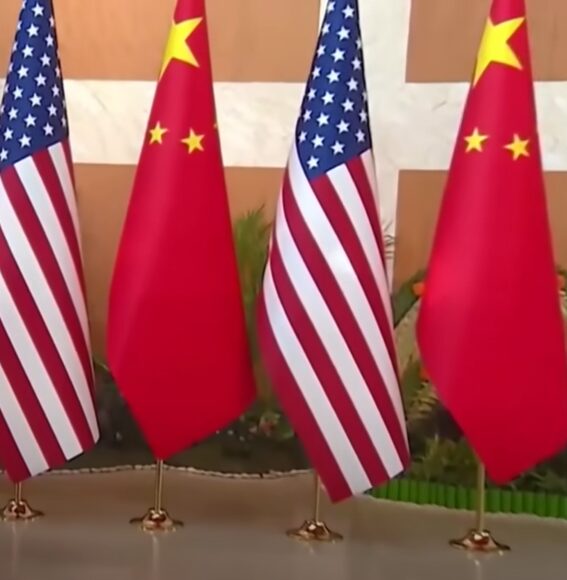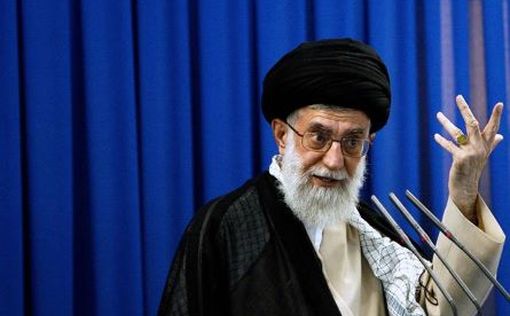China has announced a steep increase in import tariffs on American-made products, raising rates to 125% in direct response to the latest trade measures imposed by the U.S. government. The move comes shortly after President Donald Trump’s administration raised its own tariffs on Chinese goods to as high as 145% for select categories.
According to China’s Ministry of Finance, this retaliatory action mirrors the 125% base rate introduced by Washington and signals Beijing’s unwillingness to back down as trade tensions continue to mount between the world’s two largest economies.
The United States recently layered an additional 20% tariff on top of the standard rates, citing China’s alleged role in the global fentanyl crisis. That extra measure sparked sharp criticism from Chinese officials, who warned of further retaliation if the U.S. continues to “undermine China’s core interests.”
The escalating tit-for-tat has rattled global financial markets. Major indices took a dive following the announcement: the S&P 500 fell by 3.5%, the Dow Jones dropped over 1,000 points, and the Nasdaq lost more than 4%. Analysts say the prolonged standoff could lead to long-term disruptions in global supply chains and drive up costs for American businesses and consumers.
While the Trump administration has temporarily paused new tariffs on most U.S. trade partners for 90 days—holding those at a 10% base rate—tariffs on Chinese imports remain fully in effect. This underscores the administration’s continued hardline stance on China.
The White House has stated that the goal of these measures is to secure a better trade balance and address long-standing concerns over intellectual property theft, market access, and the flow of synthetic opioids.
With both nations now entrenched in a high-stakes tariff battle, trade experts warn that finding a diplomatic off-ramp may become increasingly difficult as each side digs in.




